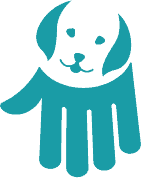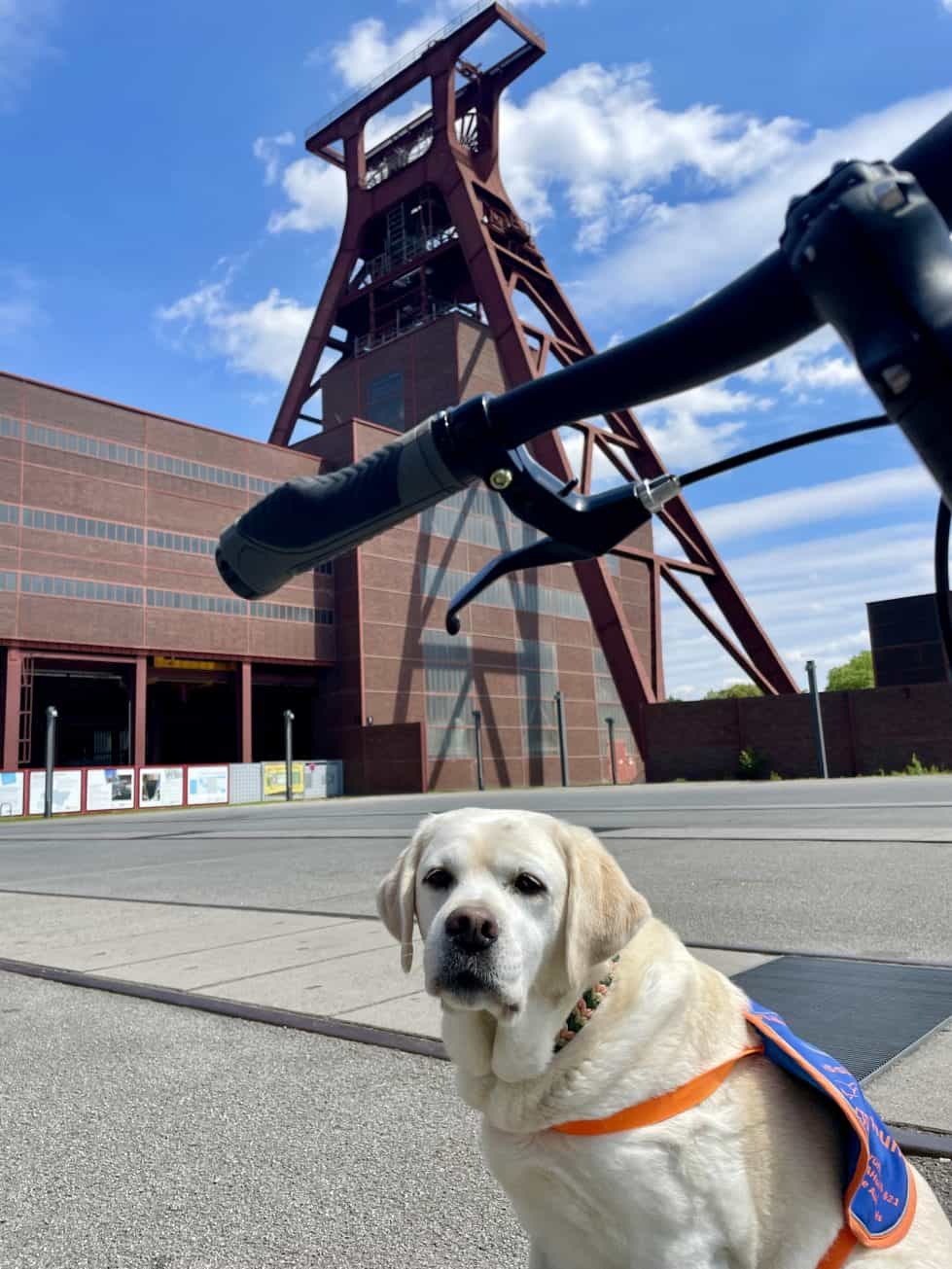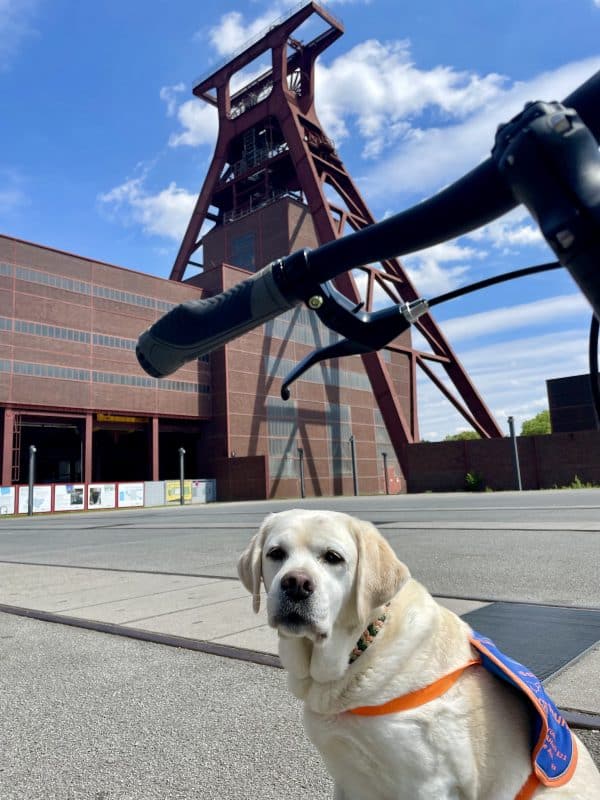
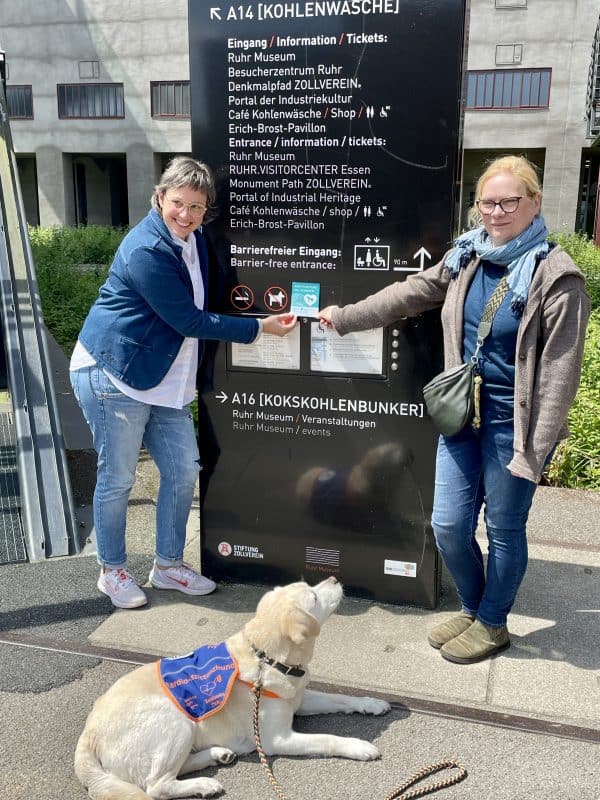
A coal mine should be a world heritage site? The red double headframe of what was at times the world’s largest colliery is visible from afar and, for non-potters (people who are not from the Ruhr region), is an almost clichéd symbol of coal mining in the Ruhr region.
When I first explored the Ruhr region as a Berliner many years ago, many clichés disappeared and gave way to a more real image of a region undergoing major change. Marked by once hardest physical work up to 1000 m underground, dirt (the gray white laundry on the line outside) and the destruction of many cities during the war, the Ruhr is looking for a new identity.
Ruhr 2010 turned the whole area into a cultural capital and brought the proverbial shine to many an old hut and dead dump. Where in Berlin you can listen to art in a baroque hall, here you can do so in a colliery. The old remains, tells its story in the background and lets you experience the new. It has become green around all the collieries and slag heaps, very green. Much greener than you can imagine from afar with the old clichés in your head. And the Zollverein Coal Mine Industrial Complex, a UNESCO World Heritage Site, tells the story.
You would actually need two to three days to see, hear, smell, marvel and think enough. And to refresh yourself during the summer vacations, because the former coking plant also has a very special swimming pool and you can go there with an assistance dog, let’s get that out of the way.
I have an appointment with Silke Ladnar-Duckwitz at the foot of the escalators leading to the visitor center, which have been photographed thousands of times. We had already exchanged emails and it was immediately clear that this World Heritage Site wanted to take a further step towards accessibility. And that’s why our appointment started with the “Assistance dog welcome” sticker. Of course, we can’t take the escalator with an assistance dog. We take the elevator and Ms Ladnar-Duckwitz attaches a sticker to this entrance too. Better safe than sorry.
We talk about the long road to accessibility, that it is much more than just ramps and elevators. I realize that for the next few hours I will be able to explore the buildings alongside a competent discussion partner in all aspects of inclusion. She already knows some of the weak points because she has spent a day in a wheelchair rolling along the usual paths.
Accessibility is a process: it is a process of wanting and doing, not a state that occurs on day X. We are dealing with a very old industrial culture here and it is really difficult in some places to find a solution for everyone. But what I can feel all afternoon is an unbelievable will to implement this as best we can.
My conclusion: You probably won’t be able to avoid a companion. I would definitely recommend it, because not everything is easy to find, not even for a guide dog. I’m not on tour with my wheelchair, but with my walking bike, but even with that I’m grateful that some doors are held open. And how is Mascha doing?
Mascha celebrates the outdoor area first. And, to be honest, I think it’s fantastic too. The fact that it is so huge that you could travel from station to station on a small bus gives you an idea of the dimensions. The train does not belong directly to Zeche Zollverein, but to a tourism partner. He is promptly informed about assistance dogs. The train can be used with a wheelchair.
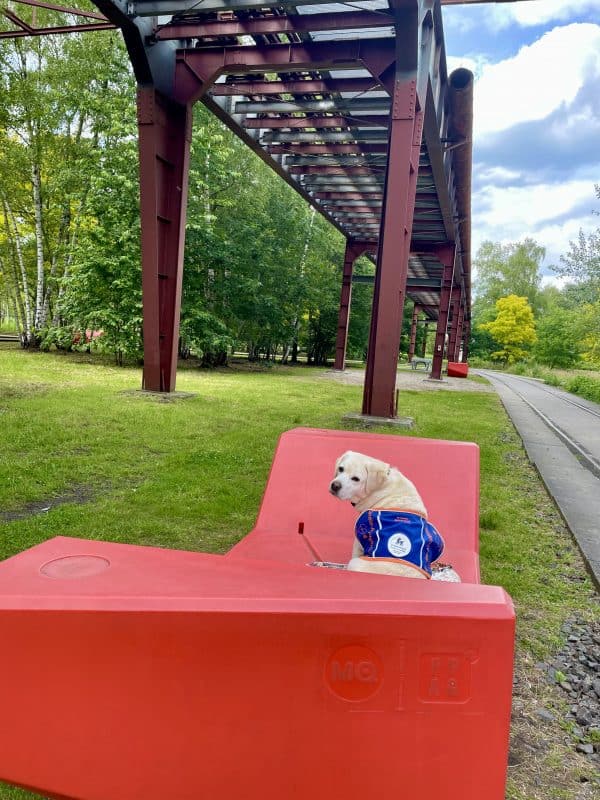
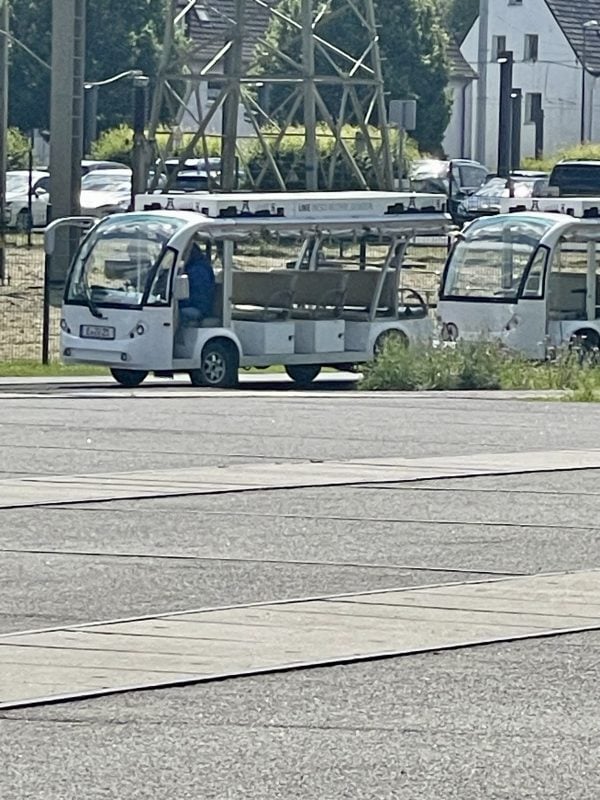
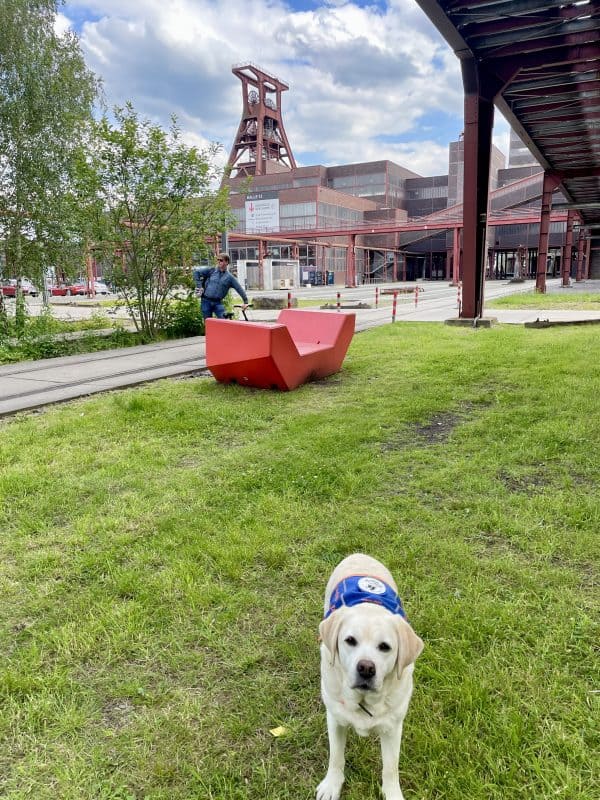
Mascha gives it 10 out of 10 points.
There are plenty of benches and as the restaurant is also accessible without access via the colliery, a first day could easily be spent on the outdoor area. Masha is allowed everywhere. Nevertheless, there are a few places that we would have been better off leaving out. More on this below.
We only see a small part of the mine. We simply can’t manage more. And we have great discussions so that everything is well prepared for future visitors with assistance dogs. We sit down with Patrick Görisch from the visitor center and discuss the special features for “human-assistance dog communities” at cultural and gastronomic events with the head of event management, Dirk Scheffler. It’s a great feeling when people listen to each other and work together to find solutions.
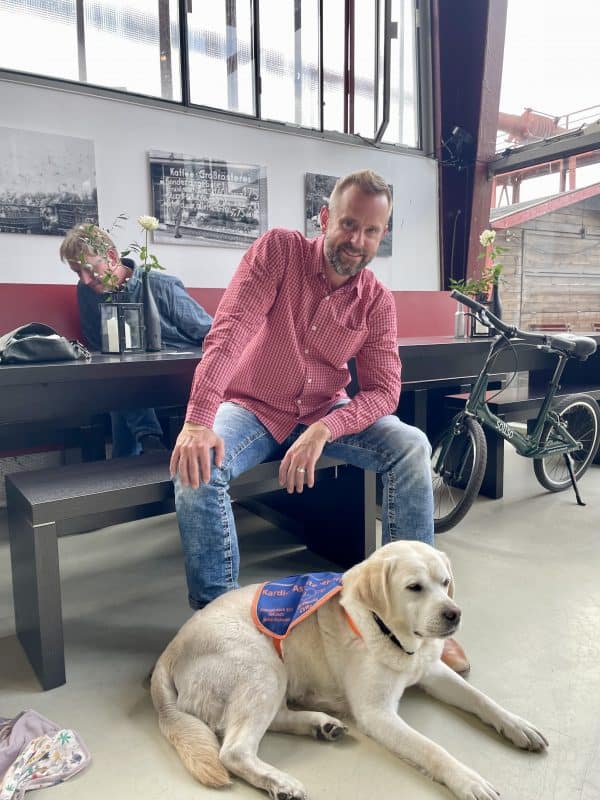
Great events take place on the grounds, especially in the summer months. It’s worth taking a good look at the website.
Readings, concerts and culinary experiences in an exciting setting.
On our tour, we first explore the Ruhr Museum. We only have enough time for a brief overview. It’s no problem here with an assistance dog. Wheelchair users should be careful in some corners, as some of the display cases are at head height. However, Ms. Ladnar-Duckwitz noticed this immediately and made a note of it. Some rooms are a little dark, so if you have a problem with this, you should ask for an escort.
The next stop is really exciting. We go on a small part of the guided tour of the Zollverein-Zeche monument trail. Various guided tours are on offer. There is also an offer in the coking plant. If you are good on foot with your assistance dog and if it can walk over a fence without any problems (or if you have a longer blanket with you for these stairs), you shouldn’t miss this tour. It immediately smells like a coal mine, it smells like work and every sound is part of industrial history. The coal dust is still original 😉 and with a little imagination you can hear the miners shouting and the trolleys rattling. These tours are not suitable for people with limited mobility and assistance dogs. But there is another offer for this, which we can no longer test ourselves on this day. But it sounds great.
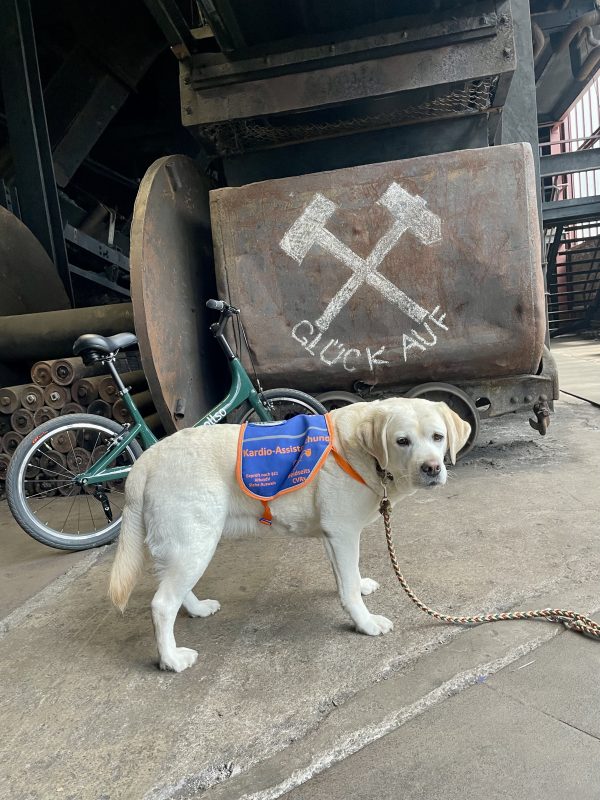
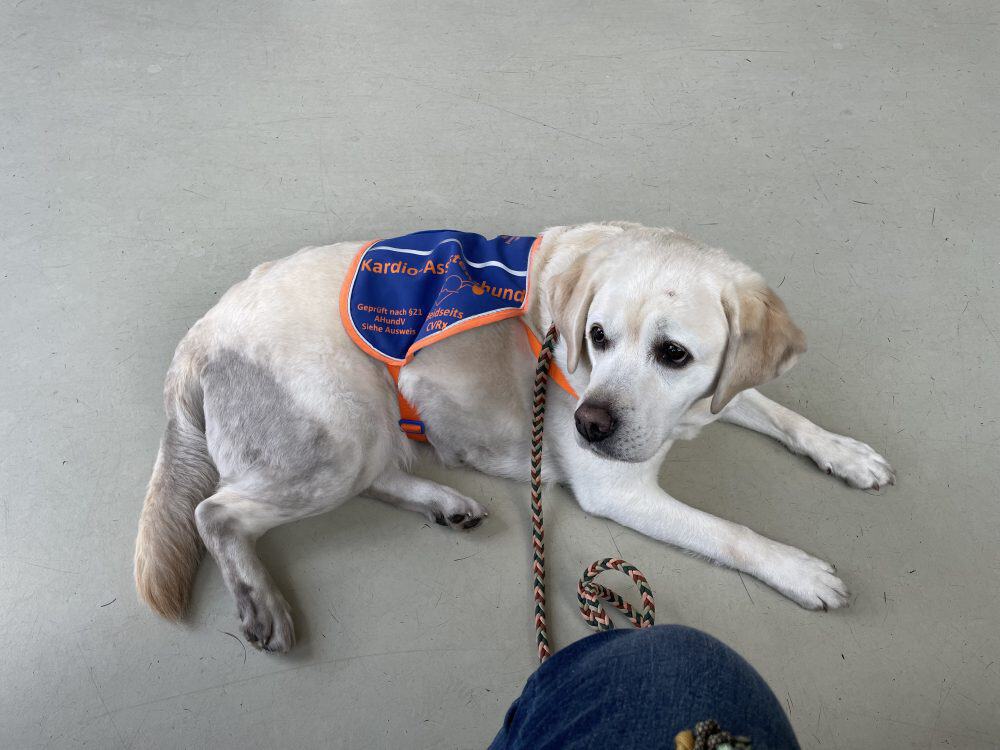
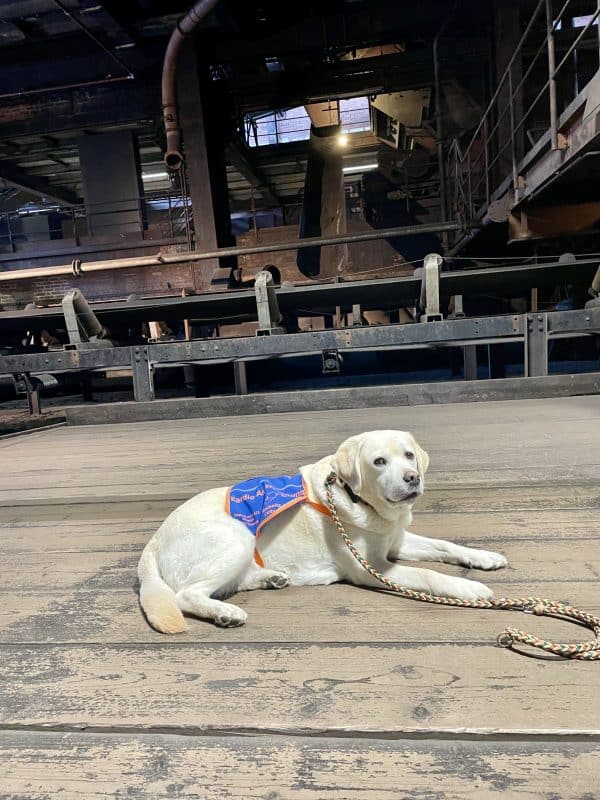
The alternative for people with limited mobility and without an assistance dog could be the “Mine light and weather train” tour in the Zollverein underground world. It doesn’t actually go underground, this is only simulated. We will definitely try out this tour because we will definitely be back.
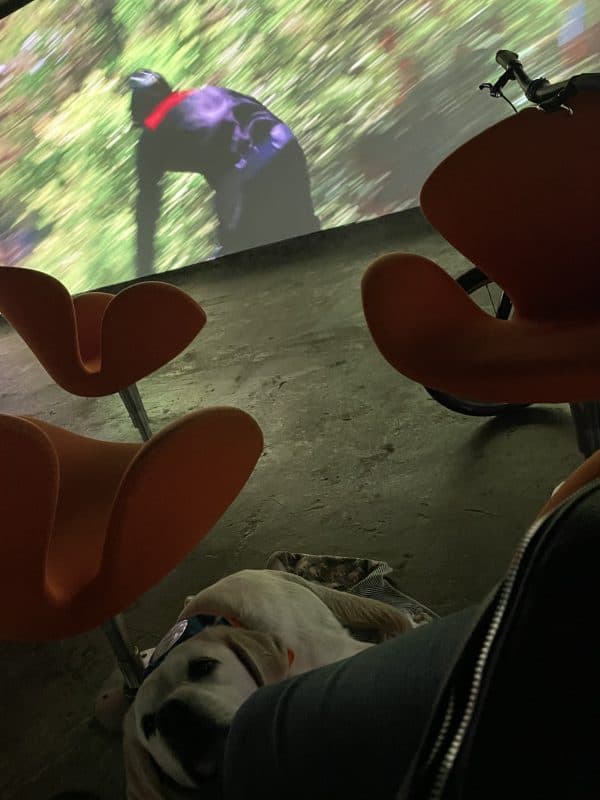
Our afternoon ends at the “Portal of Industrial Culture”. There we go to the new 360 degree movie theater. Assistance dogs are welcome, of course, but it gets loud and sometimes everything turns a little. The movie is impressive and shows in particular the region’s post-coal era. Masha is not bothered by the huge media presence and keeps a close eye on me to see how I am coping.
We are filled with so many impressions and thrilled by the friendliness shown to us. We are so welcome as a team – Masha and I. Mascha with her coal-dust bottom is already asleep when we drive out of the parking lot. Thanks to Zeche Zollverein and especially to Silke Ladnar-Duckwitz.
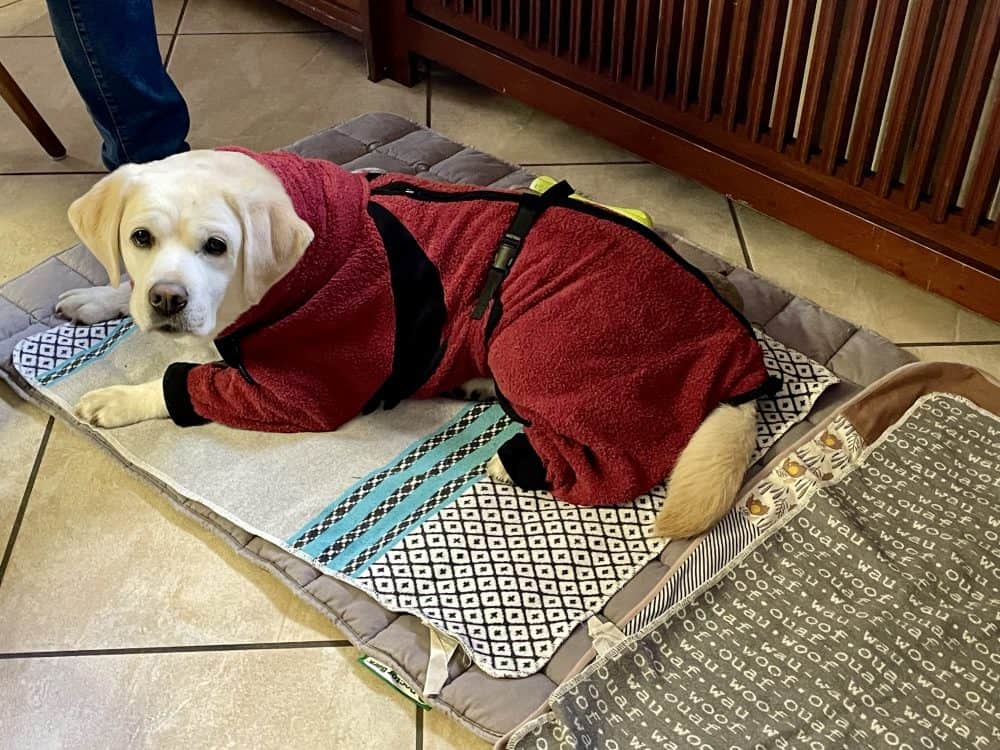

The campaign “Assistance dog-friendly municipality” and assistance dog-friendly UNESCO World Heritage Sites is supported by Aktion Mensch.
